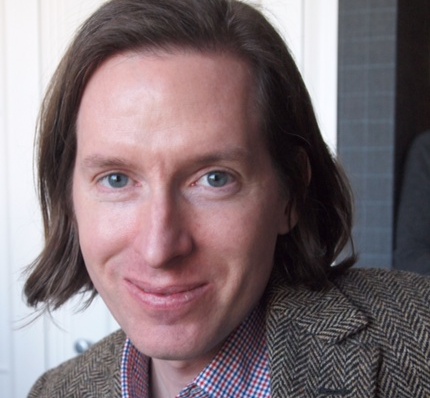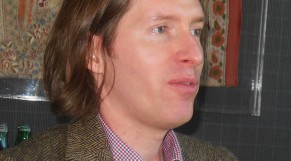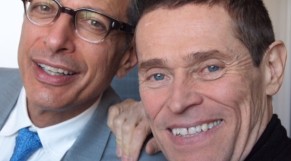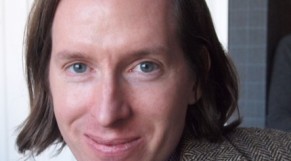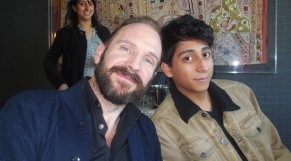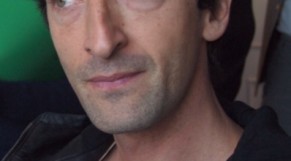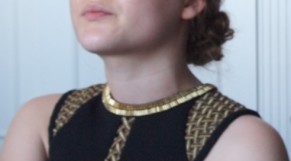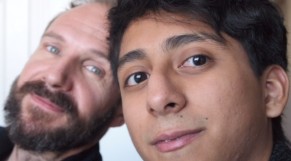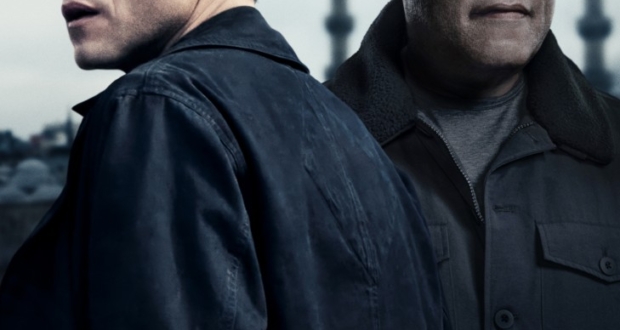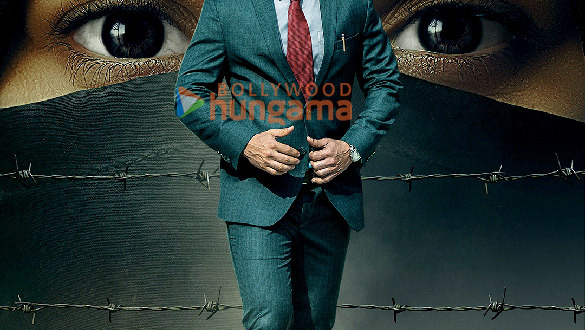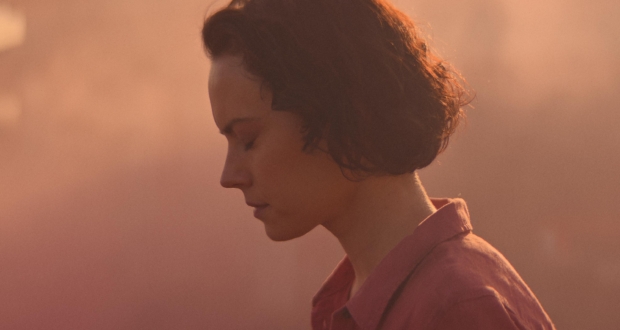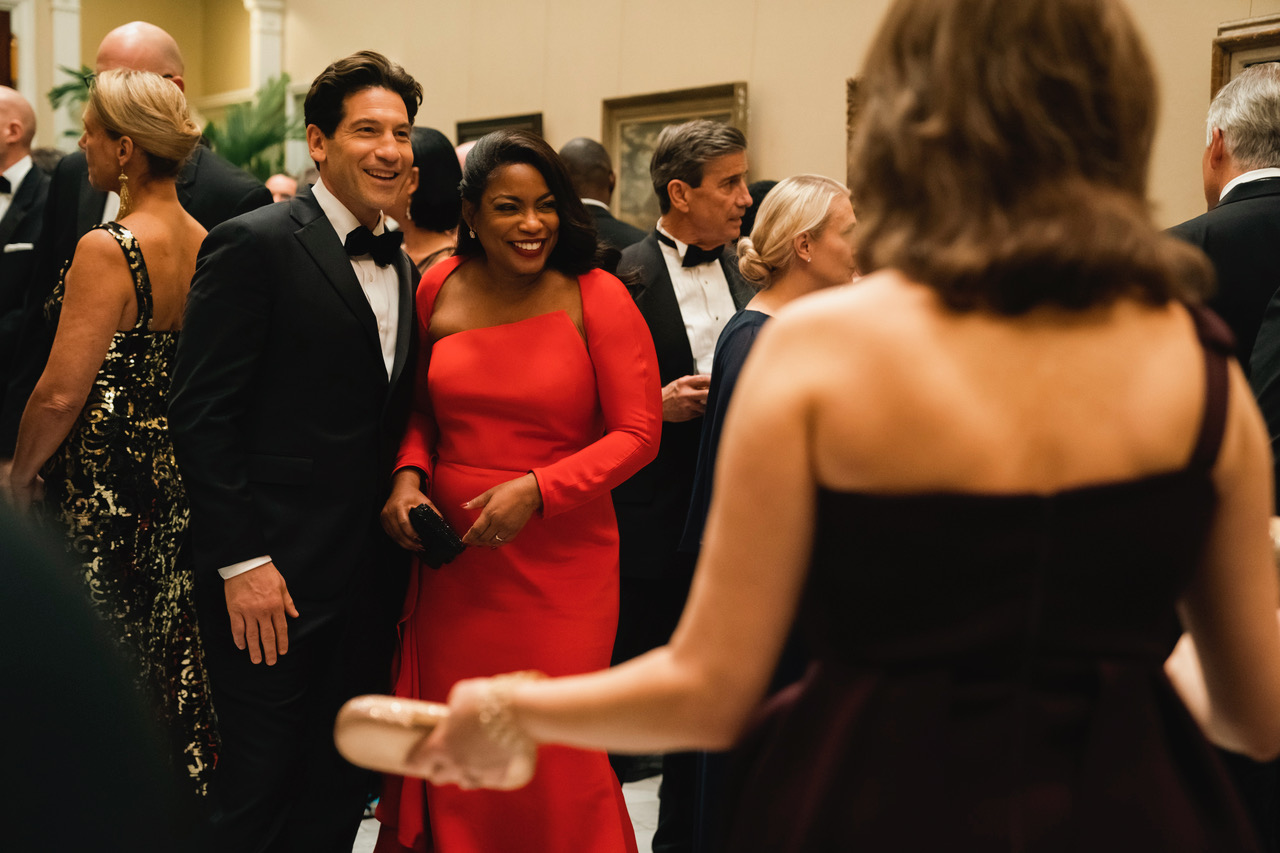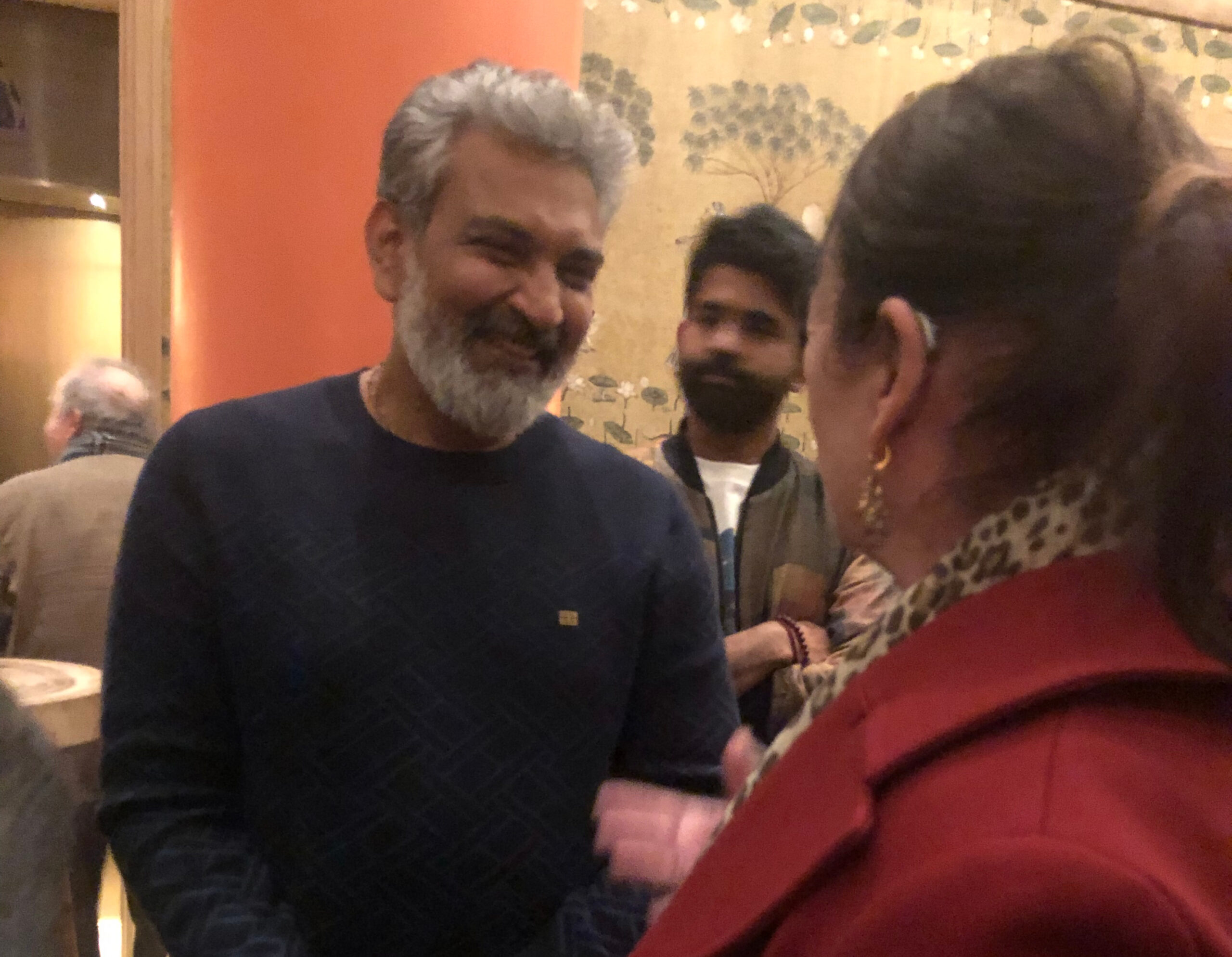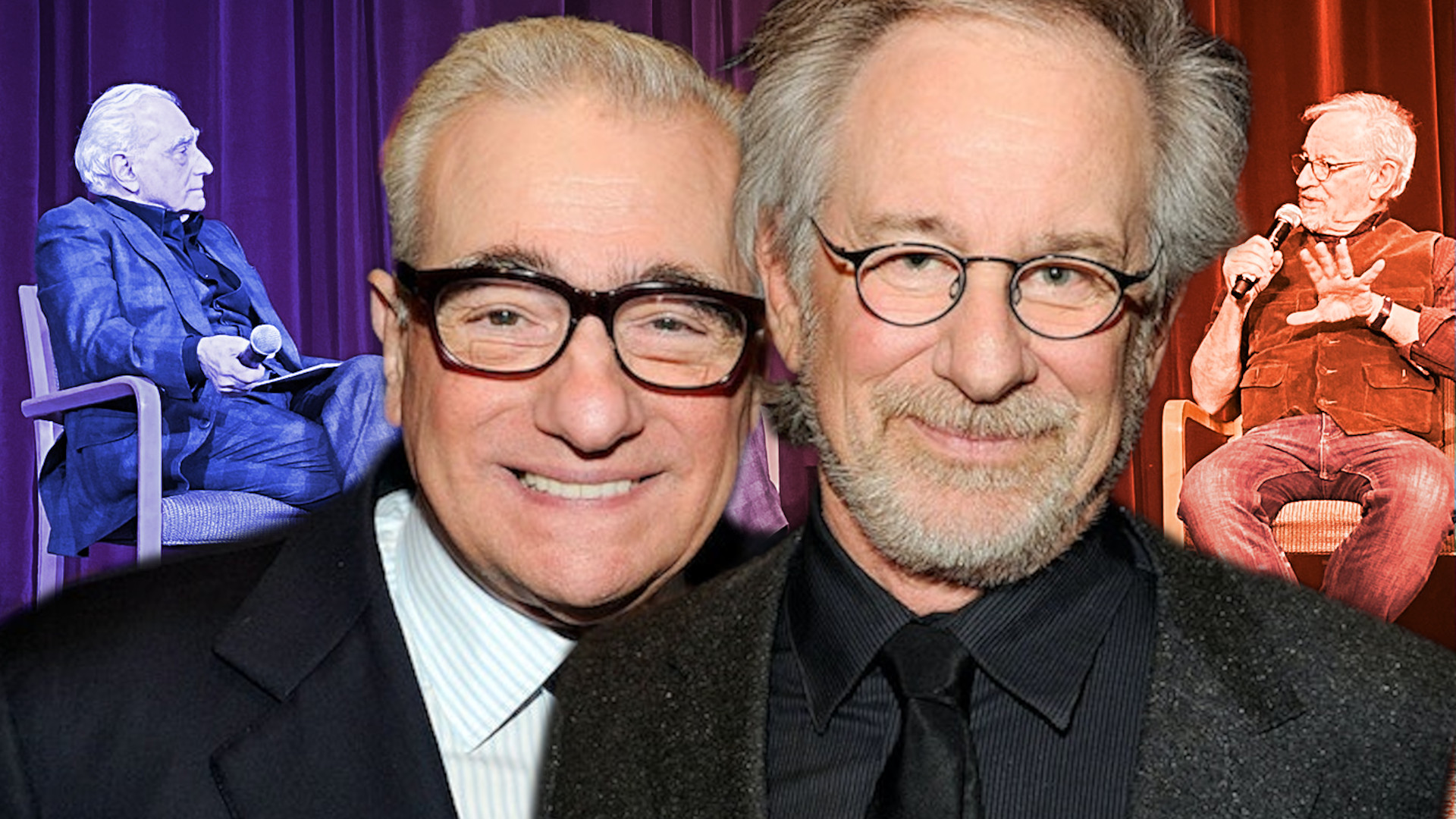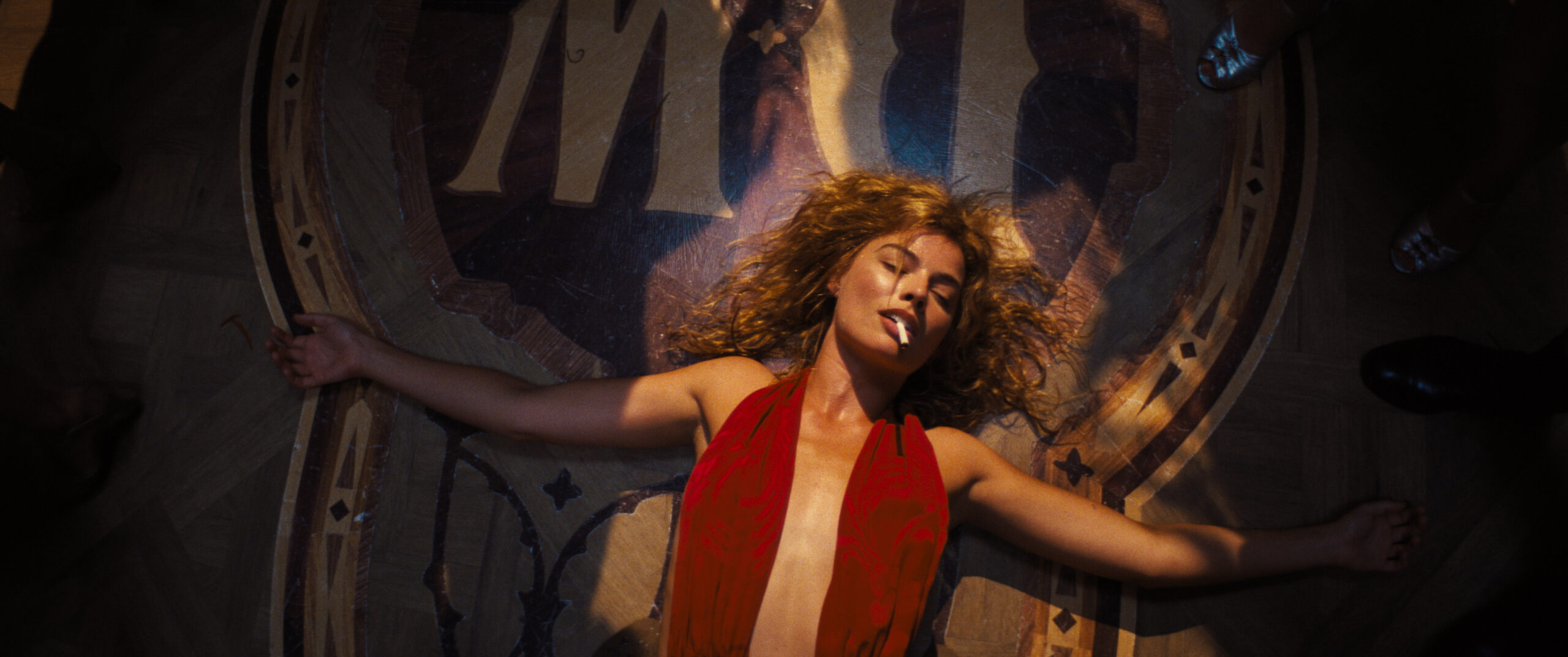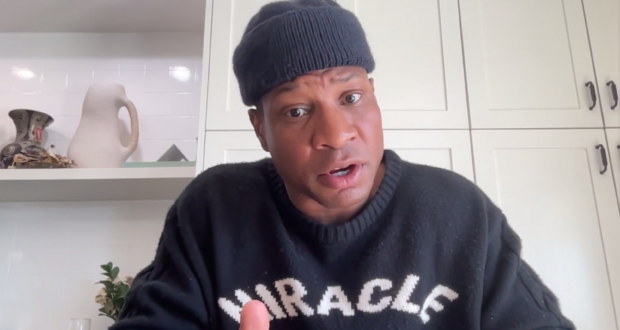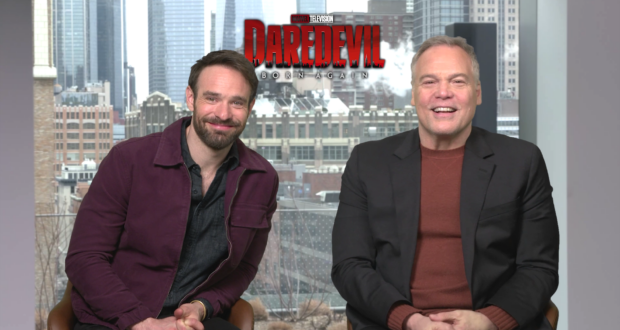“The Grand Budapest Hotel” is Wes Anderson’s least precious and best film. It’s probably going to be his most successful as well. It opened Friday, March 7, in four theaters only and has already earned over $24 million at the box office as of March 18th, 2014. Fox Searchlight is expertly navigating a slow rollout as word of mouth and critical acclaim builds steadily for this gem of a film.
[springboard type=”video” id=”850285″ player=”tmbg001″ width=”599″ height=”336″ ]
Wes Anderson’s films are unique and recognizable and take place in a universe only the director could create. GBH has the exquisite production design, clever dialogue and quirky people the director is famous for, but it’s also infused with sadness and a sense of loss for a way of life and civility that disappeared as the world changed politically and socially from the fascist takeover in the 1930’s, and the Communist period after that through the 1960’s and 80’s. There’s also a sense of yearning and nostalgia for a more distant past to the era of the bell epoque.
 The action of the film revolves primarily around the staff and guests of an opulent hotel in the fictional Central European town of Zubrowka. As the hotel slowly runs to ruin a way of life imbued with civility and beauty is dying. But the movie is hilariously funny; it’s a comic heist caper involving the misadventures of Gustave H, the fastidious and fey concierge of the Grand Budapest Hotel (Ralph Fiennes), and his protégé, the naïve and loyal lobby boy (newcomer Tony Revolori).
The action of the film revolves primarily around the staff and guests of an opulent hotel in the fictional Central European town of Zubrowka. As the hotel slowly runs to ruin a way of life imbued with civility and beauty is dying. But the movie is hilariously funny; it’s a comic heist caper involving the misadventures of Gustave H, the fastidious and fey concierge of the Grand Budapest Hotel (Ralph Fiennes), and his protégé, the naïve and loyal lobby boy (newcomer Tony Revolori).
They encounter and evade a host of zany characters, including the military police, a secretive brotherhood of concierges, a group of scary prisoners, a vile aristocrat or two, along with a bad guy on a bike who’s trying to kill them both. There’s also a sweet love story between Zero and a baker (Saoirse Ronan), with a birthmark in the shape of the map of Mexico on her face.
The action of the story is set in motion with the death of an octogenarian countess, (Tilda Swinton under layers of aging makeup) who leaves Gustave a valuable painting in her will, which enrages her greedy son (Adrien Brody), who then accuses Gustave of her murder.
There is the usual repertory of Wes’s actors, including Adrien Brody, Willem Dafoe, Jeff Goldblum, Edward Norton, Swinton and Bill Murray. Added to the mix are actors working with Anderson for the first time, including Ronan, Revolori and Ralph Fiennes, who is sublime as Gustave.
Recently Wes Anderson met with journalists at a Downtown Manhattan hotel to talk about his film, co-written by pal Hugo Guinness and inspired by the stories and memoirs of 1930’s Viennese writer Stefan Sweig.
With his courtly, refined manners and his Texas drawl, Anderson could be a character out of one of his films.

Following are highlights from Anderson’s interview:
The action of the film revolves around this opulent hotel and the people who work and stay there as guests, beginning in the 1930’s and ending in the 80’s, when the hotel was in decline. Talk about the theme of ruined grandeur and nostalgia that runs through in the film.
Wes Anderson: I think, well one thing is there’s too many people now, you know? And I had this experience of trying to figure out how are we gonna make this movie, and looking at lots of old photographs. In particular these, on the United States Library of Congress website, they have this thing called the Photocrom collection, and it’s an amazing, huge archive of images from around, before and after the turn of the century, and they’re black and white pictures that were colorized and printed and distributed, and you can travel all over the Austro-Hungarian Empire, and Prussia, and all over the world, in fact. And it’s like Google Earth of that time. We looked at lots of these pictures, I looked at lots of these pictures, and then went to the places, and it’s very sad sometimes, uh, to do that, but interesting. And a part of it is that there’s just so much more there now, and it’s not necessarily all beautiful things that we’ve done. I’m not sure if that answers the question, but it’s a response, I know [laughs].
Getting back to the idea of the ruined grandeur, at some point you had to say, “I have this idea” and then, “I have to get to there.” Talk about the process. How long does it take? When do you know you have the universe in your head, and then when do you know that you’ve got it on paper and visually?
Well, this one, you know, the script was first, and I had some parts of it a long time ago, my friend Hugo wrote the script with me and we had a section of the movie years and years ago, and we didn’t really know what to do with it. And then I sort of figured out what I think…I figured out the setting, and I mean, what we had written wasn’t even in the past or anything like that, and we sort of figured out what to do with this character. And then we made the script pretty quickly, but the process of figuring out how to make the movie was very long, and you know, and it was a lot of research and wandering, and gathering ideas. I think that’s really the answer…is very slowly and gradually, that’s how the thing is put together.
How did you envision Ralph Fiennes and Gustave? We’re not used to seeing him be funny.
Well, I had wanted to work with him, just in the abstract, because I think he’s such a great actor and such a powerful actor. But I had seen him in a couple of funny things, like “In Bruges,” he’s very funny in “In Bruges,” and I’d seen him in a play that he was very funny in too, and then I also knew him a little bit. I’d gotten to know him a little over the years, and I just thought he would be the guy. And to me it never seemed…I didn’t have any question about it. But I will say, people were kind of like, “Are you sure? Is that right for this?” But I think it’s, you know, we put people in a category because of what’s familiar with them, but I feel like most actors, if they make the character feel real, then they can probably take it anywhere you want, a great actor. I don’t really see a clear line between comic and dramatic, you know? I sort of see them as the same. It’s just, you shift it a little this way or a little this way.
Is that true also of real and animated for you? Because there are some things in the film that one would assume would be shot real that are not, that are animated and vice versa, so it’s kind of a really interesting zen-ish sort of thing that happens between reality and animation here. What is it that determines where that curve happens?
Well, it’s interesting. I guess it’s that somewhere along the way, there are certain things that I think maybe if we use a sort of old-fashioned technique, let’s say, for a way to express some part of it that it might…one thing is, it might let us design something from scratch that we otherwise would be trying to adapt, for instance the whole exterior of the hotel. Well, the whole mountain, or whatever it is, where this hotel is, is a painting. And that was really because I didn’t find what I wanted. I found ideas for what I wanted, but I didn’t find the real thing. And so then I thought, “Well let’s just make a miniature,” because we know how to do miniatures, because I’ve done them on the animated movie. And then there was this painter, Caspar David Friedrich, who I didn’t really know the work [of] before, but got interested in during this movie, and I thought, “Well maybe we could make a Caspar David Friedrich painting,” of this thing, and it would just be a way to express exactly what I would like it to be. And the question is, why do I think it’s okay to do that, when probably most — almost any filmmaker — would say “I don’t think that we can get away with this,” and I’m not sure why I feel that I am going to get away with it, because we have this ski chase at the end of the movie, I want you to think it’s scary or whatever, I want it to be like a real chase, and these characters are in danger and you’re afraid of what’s going to happen to them and all that stuff, but at the same time, the methods we’ve used to do it, you can see what the tricks are. I guess I think on some level, I just do it because I like to see that stuff, and I’m sort of trusting that enough people will feel the same way, but I don’t know if that’s a very safe bet or not.
You have a keen fascination, it seems to me, with symmetry and detail. What is it about symmetry that you find fascinating?
I guess that’s probably, like…some form of autism or something like that, I think, on some level. It’s a personality type or something like that. You know, Ralph has a similar thing. This was something he used in the character, his character is very precise and fastidious, you know, and he would organize all these things. We share a bit of…desire to make order. I mean, probably anybody who makes a movie, they’re doing that in one way or another. They’re arranging a thing here for you to look at, but I think I have a particular kind of…visual thing that I like to get, that probably kind of jumps out at people. The thing is, as much as I try to get these things designed and prepared, we sort of figure it all out in advance and we have it all ready, but when the actors come in, to me it feels like chaos. You know, they take over. We usually do lots and lots of takes very very quickly, and we work very fast. It’s not like a meticulous, orderly experience of shooting. It’s instead a very…wild, frenetic experience, which I like. But there’s no question that what’s happening in advance is rather particular.
What would be the feeling that this particular project evoked as compared to, for example, the feeling that [Fantastic] “Mr. Fox” or “Life Aquatic” evoked?
I feel more like I would have a feeling in a scene, in a moment. But overall, with this movie, there’s usually some personal thing with the movie that’s something that I’ve experienced that’s making me wanna do this. And in this case, it’s because I’ve been sort of living in New York for the last ten years or so, mostly, and it’s still new to me, and I live as a foreigner most of my life these days. So I’m interested in what I’m seeing every day, and the history of this region became particularly compelling to me over that time, along with people I met, Europeans; one person in particular, who is the model for the character that Ralph plays. Anyway, what it is, along with there being this historical backdrop for this story, and it having a bit of a plot and so on, there’s a personal set of experiences that I feel make me wanna make the thing in the first place.
Talk about the person who inspired the character of Gustave.
Well, he’s not a hotel person, he’s not a concierge… he wears the perfume, he quotes poetry spontaneously, and sometimes you don’t know he’s doing it. And then suddenly, “Oh, I see, we’re quoting.” And he recites, and he talks like this character. Ralph knows him too. The character in the movie is more Ralph than this guy, Ralph took over and it evolved into what it is.
One of the things that your actors consistently said is that there was a sense of camaraderie you generate in the ensemble and in the film, and in the experience of making the film. Friendship and loyalty is a big theme in the film. Would you agree they’re all interwoven?
This movie we all lived in a hotel together, it was a very closely-knit, and that was, I think that makes a difference. It’s more fun, but also I feel like everybody sort of does better. Everybody gets more into it. People who haven’t done movies with me before, after a couple days say, “Hmmmm… never done anything like this before.” But the main thing is that it’s more fun, I guess.
- Paula Schwartz Photo
- Brad Balfour photo
- Brad Balfour photo
- Paula Schwartz Photo
- Brad Balfour photo
- Brad Balfour photo
- Brad Balfour photo
